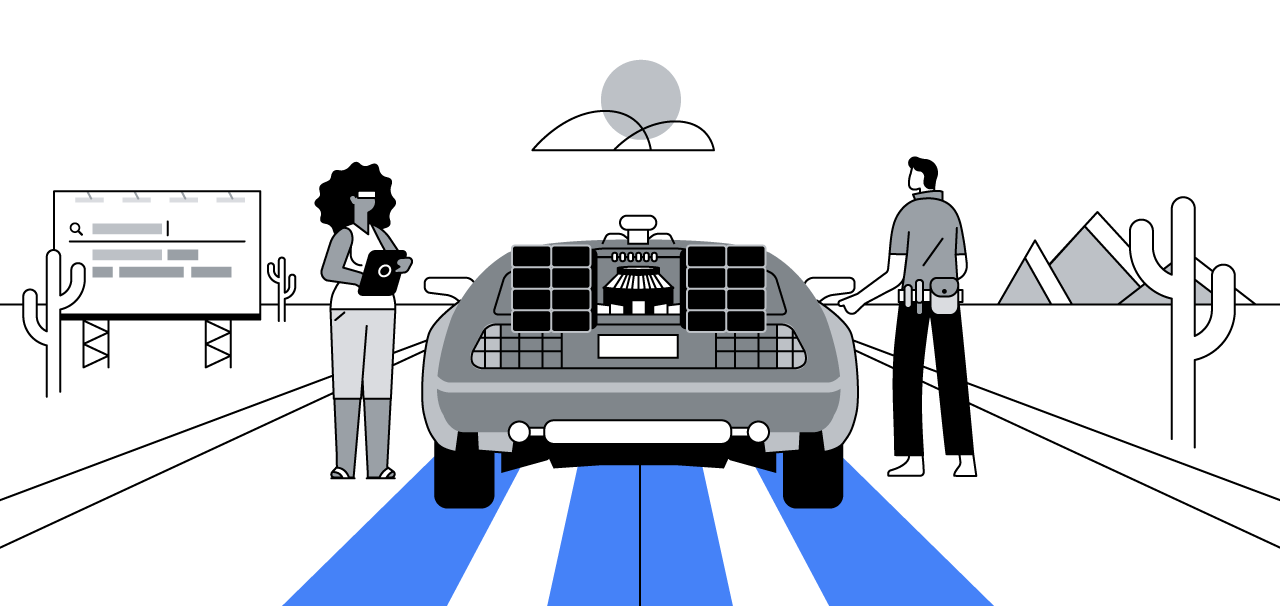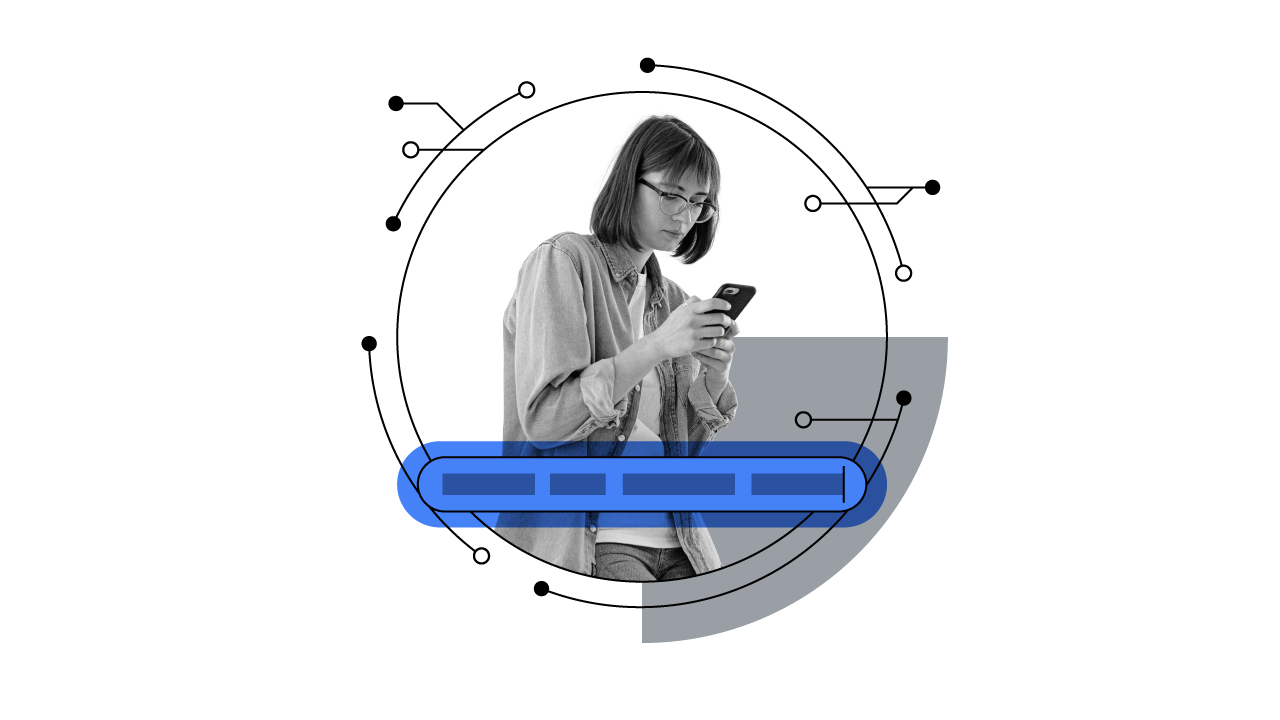With so much change and uncertainty in the world right now, marketers are finding it harder than ever to keep up with trends, predict demand, and understand how to reach and engage their increasingly evolving audiences. On top of that, many are balancing work life with changing personal responsibilities.
What can marketers do to navigate these unprecedented times, keep their campaigns efficient, and adapt them to a new normal? Even before the coronavirus outbreak, one successful approach for many businesses has been to explore the role of machine learning and automation. Here are four ways you can make the most of them.
1. Match customer needs
Now more than ever it’s important that your customers can rely on your brand. Automated solutions are one way you can be there for them and make the most of your marketing investment.
Match customer needs and reduce wasteful spending.
Smart Bidding relies on machine learning to optimise for conversions or conversion value in each auction, using a feature known as ‘auction-time bidding’. It works by factoring in the likelihood of a user converting, which then determines the optimal bid for each moment. This helps match customer needs and reduces wasteful spending.
You could also consider aligning your bidding strategies to your specific marketing goals, for example to maintain a specific return-on-investment (ROI), and get recommendations on the best matching bid strategy.
Smart Bidding can handle query and click volume changes too, which is worth bearing in mind as you potentially experience fluctuations in volume due to fewer queries and clicks. It will continue to bid in available auctions to maximise performance within your target or budget. When the demand has been changing suddenly, Nordics online beauty brand Nordicfeel used Smart Bidding to grow their revenue.
2. Simplify planning and make the most of your budgets
In this dynamic market it’s important to make the best use of your resources. Performance Planner can help you plan your advertising spend, manage budgets across campaigns, and better understand seasonal ups and downs. It simulates relevant ad auctions to give you an insight on your campaigns’ projected performance and provide suggestions to help campaigns perform better for the same spend.
If, like many businesses right now, you have less time available to spend setting up and monitoring individual budgets, but still want to get the most clicks from your ads within a set budget, try using shared budgets in Google Ads. It will automatically adjust how a budget is allocated across different campaigns to help you improve your ROI.
3. Action tailored account recommendations
Right now especially, your customers expect a seamless experience from your brand. A useful tool for you here is Optimisation Score — which helps keep a pulse on your account performance and offers recommendations based on the shifting demands and market changes. You can access it via the Recommendations Page in your Google Ads account.
Your campaign is scored between 0% (room for improvement) and 100% (you’re doing great). Optimisation Score also gives you tailored recommendations on where you can improve — and the impact you can expect to see from implementing them. You can even apply most of the recommendations with a single click.
For example, if your ads stop running on your busier days, you can follow the budget reallocation recommendation to help you get more traffic by moving budget from campaigns with a budget surplus to campaigns that are budget-limited. That way you can benefit from performance improvements without having to increase your total account-level budget.
Finnish agency OIKIO saved time on manual bidding and optimisations by letting Optimisation Score do the heavy lifting. This approach allowed specialists to focus on strategy and innovation.
Automation can help marketers adapt to a new kind of normal.
4. Reach new customers
With customer needs changing so fast at the moment, you may be able to reach brand new audiences looking for what you have to offer by using Dynamic Search Ads (DSA).
When someone searches with terms closely related to the titles and frequently used phrases on your website, Google Ads uses those words to select a landing page from your website and generate a clear and highly relevant headline for your ad. In this way, DSA can quickly direct potential customers to what they want on your site.
If you are an advertiser with a fast-changing inventory, you can use DSA page feeds to control which products you want your Search Ads to appear against. Procter & Gamble’s Olay increased click through rate and doubled conversions by approaching its ads and website experience as a person seeking information would. For a CPG brand, driving more people to the brand website is a meaningful victory, especially when in-store purchases might not be possible.
Adapting to a new normal
Automation has been proven to help marketing campaigns become more efficient and adaptable — and it’s times like these when the benefits can really be felt. While the next few months will undoubtedly be challenging for many businesses, the benefits and opportunities automation delivers can potentially alleviate some of the extra burden, and help marketers adapt to a new kind of normal.
Key takeaways:
- Match customer needs and reduce wasteful spending by using machine learning to optimise for conversions.
- Make the most of your investments by planning and adjusting your budgets when needed.
- Save time with recommendations tailored to your campaigns.
- Find customers searching for precisely what you have to offer.







